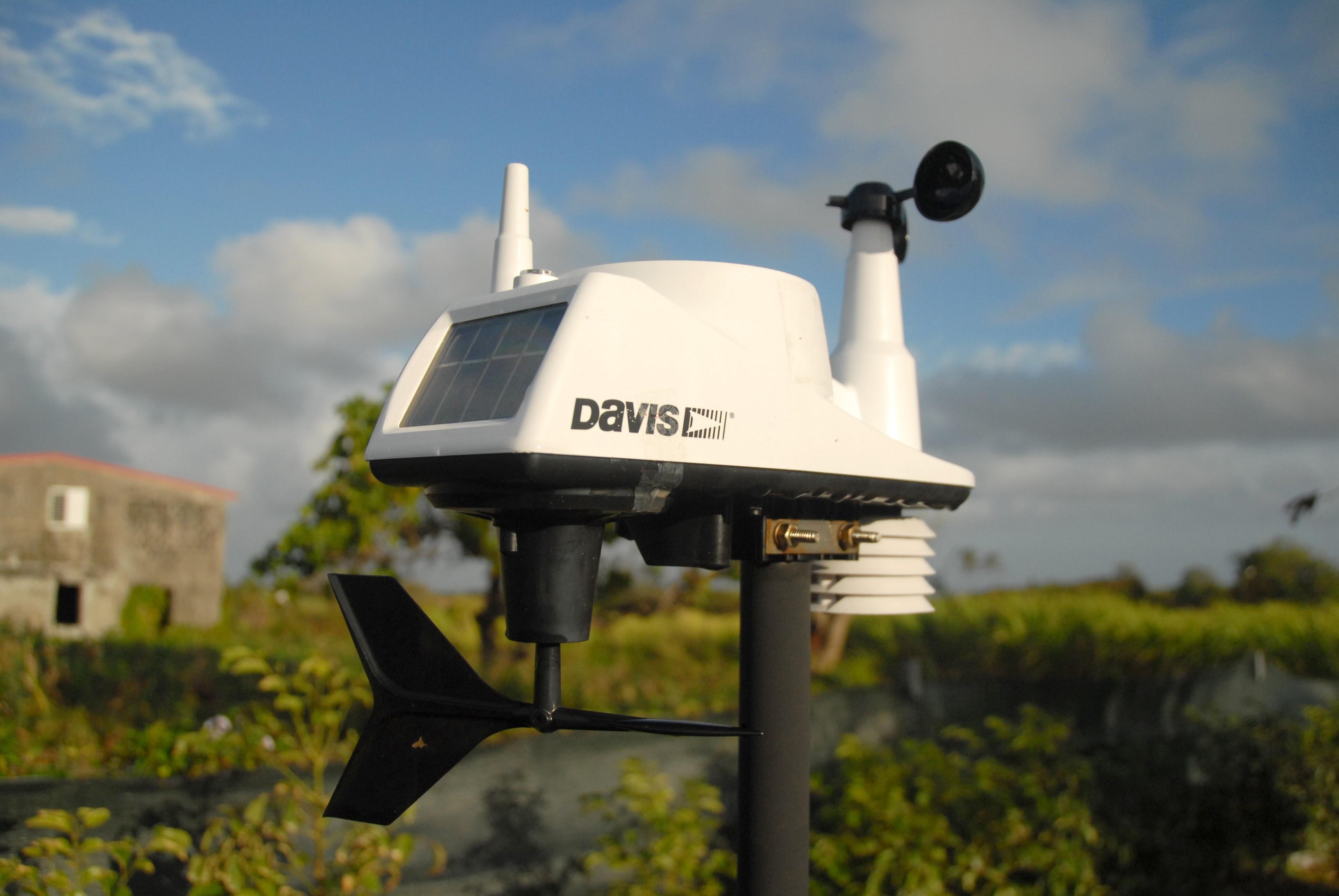 photo credit: Camille Gévaudan, CC BY-SA 4.0, via Wikimedia CommonsAn example if a backyard weather station.
photo credit: Camille Gévaudan, CC BY-SA 4.0, via Wikimedia CommonsAn example if a backyard weather station.
Predicting the weather is not always easy....
The many trained, professional forecasters at the National Weather Service do that for us.
But the forecast sometimes comes straight from our backyards.
In this digital age, the latest weather information is instantly available for just about any location on earth.
The National Weather Service relies on a vast network of weather reporting stations across the country for those forecasts, said Roger Gass, a lead meteorologist with the National Weather Service San Francisco Bay Area office.
"Actual observations are going to be from the nearest automated site," Gass said. "So, there may [be] some in people's backyards that we have no control over. We only take care of a select few, mainly airports."
Those backyard stations are actually a key part of the network Gass said.
"If you had a weather station in your backyard, you would be able to contribute your observations through what's called the CWOP program, Citizen Weather Observation Program," Gass said
It's often those observations we see when searching for a specific city's temperature.
So, why is it important to have so many stations?
"We have a very complex terrain," Gass said. "The higher elevations can actually be warmer at night and cooler during the day."
In other words: we have micro-climates.
Sometimes though, technology fails, and we get a "34 degree" reading in Cloverdale on a hot summer's day.
It's an issue Gass is aware of.
"So [the forecast] is pulling from the Hawkeye station," Gass said. "That one is maintained by Cal Fire. They're aware of that issue, and they're trying to get it taken care of."
Keeping up with the weather is a 24-hour-a-day job, and Gass is joined by 20 other staffers at the Monterey office, where together they pump out weather forecasts, or "products," throughout the day.
"So, we're getting out the area forecast discussion, we're updating all the forecast grids that we send out to the public, and of course, we're doing aviation 24/7," Gass said.
Gass said forecasts are updated every six hours, but for San Francisco International Airport an update is produced every three hours.
Even overnight, Gass said, there are always at least two forecasters keeping a close eye on the weather.
If you have a personal weather station in your backyard and want to contribute your observations, signing up is easy at wxqa.com.

 Live Radio
Live Radio




